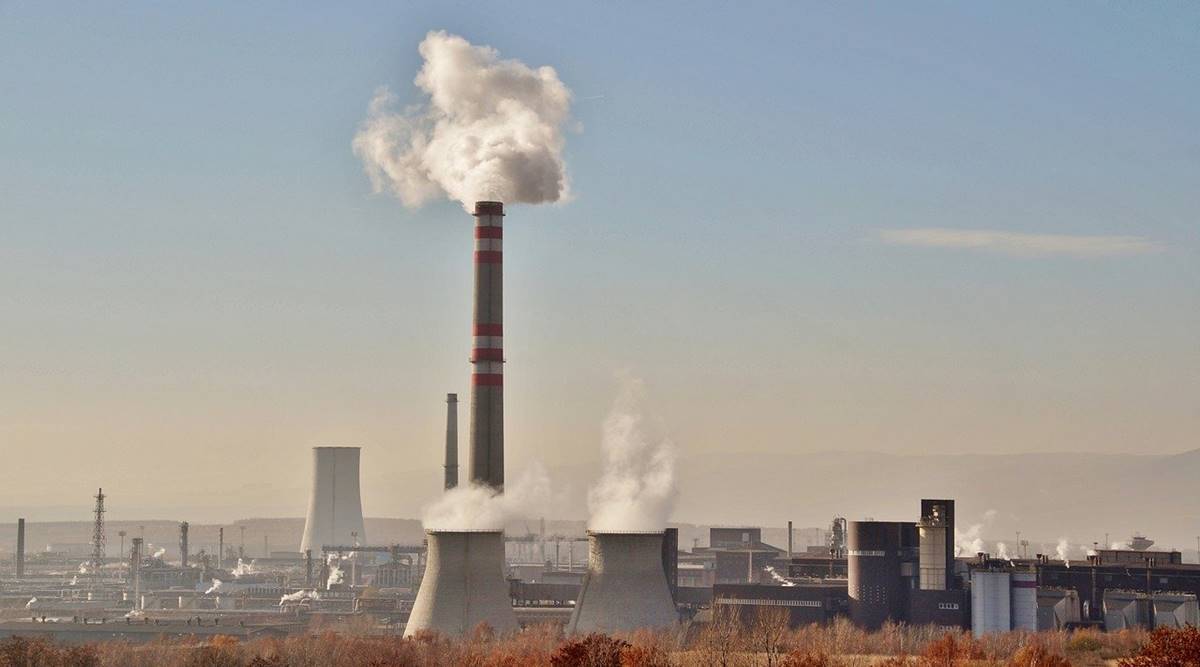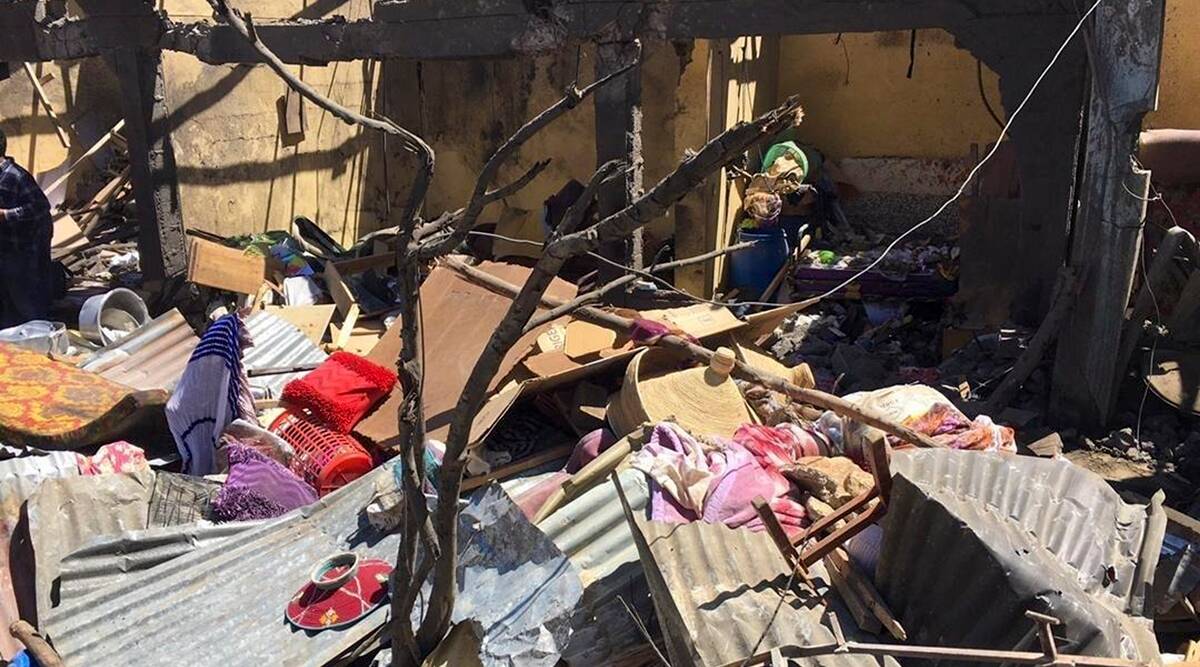
12/09/2024
Damascus, Dec. 9: Bashar Barhoum awoke in his cell in a Damascus prison early on Sunday, believing it would be his last day alive. The 63-year-old writer, who had spent seven harrowing months in detention, was scheduled for execution.
But the men who appeared at his door were not from the feared security forces of former President Bashar al-Assad. Instead, they were rebels who had come to liberate him.
Over the past 10 days, insurgents have surged through Syria, toppling the Assad regime after 50 years of authoritarian rule. In the process, they stormed prisons and security facilities, freeing political detainees and many of the tens of thousands who had vanished since the uprising began in 2011.
“I thought I would die tomorrow,” Barhoum told the Associated Press after walking through the streets of Damascus in disbelief. “Thank God, He gave me a second chance at life.” Without his belongings or phone, left behind in the prison, Barhoum set off to find a way to tell his family—his wife and daughters—that he was alive.
Videos shared widely on social media captured the emotional scenes: prisoners, many barefoot or barely clothed, running and celebrating their freedom. One man, upon learning of the regime’s fall, shouted jubilantly.
Syria’s prisons have long been infamous for brutal conditions. Torture, starvation, and secret executions have been extensively documented by human rights organisations and defectors. In 2013, a whistleblower known as “Caesar” smuggled 53,000 photos out of Syria, exposing rampant torture and inhumane conditions in Assad’s prisons.
“Anxiety about being thrown into Assad’s notorious prisons created widespread mistrust among Syrians,” said Lina Khatib, a Middle East expert at Chatham House. “Assad nurtured this culture of fear to maintain control and crush opposition.”
One of the most infamous facilities, Saydnaya prison near Damascus, has been called a “human slaughterhouse” by Amnesty International. Reports suggest up to 13,000 people were secretly executed there between 2011 and 2016. On Sunday, women held in Saydnaya, some with children, screamed as rebels broke the locks on their cells.
“Don’t be afraid…Bashar Assad has fallen! Why are you afraid?” one insurgent reassured detainees as he rushed them out.
According to the Syrian Observatory for Human Rights, tens of thousands of detainees have been freed in cities including Damascus, Aleppo, Homs, and Hama.
For many Syrians, the joy of Assad’s downfall has been tempered by desperation to find loved ones. Families have gathered outside prisons and security centres, hoping for news of relatives who have been missing for years.
Bassam Masri, whose son was detained 13 years ago at the start of the uprising, said he was still searching. “This happiness will not be complete until I see my son free and know where he is,” he said.
Heba, who declined to give her full name, was looking for her brother and brother-in-law, who disappeared in 2011 after reporting a stolen car. “They took so many of us,” she said tearfully. “We know nothing… They [Assad’s regime] broke our hearts.”
Amid the chaos, human rights advocate Omar Alshogre, himself a survivor of Syria’s brutal prisons, watched the scenes from afar. “A hundred democracies did nothing to help, and now a few military groups came and broke open prison after prison,” he told the Associated Press from his home abroad.
As Syria embarks on a new chapter, those liberated from Assad’s dungeons walk free in the streets of Damascus, yet countless others remain unaccounted for—a stark reminder of the horrors endured over more than a decade of conflict.-Agencies






